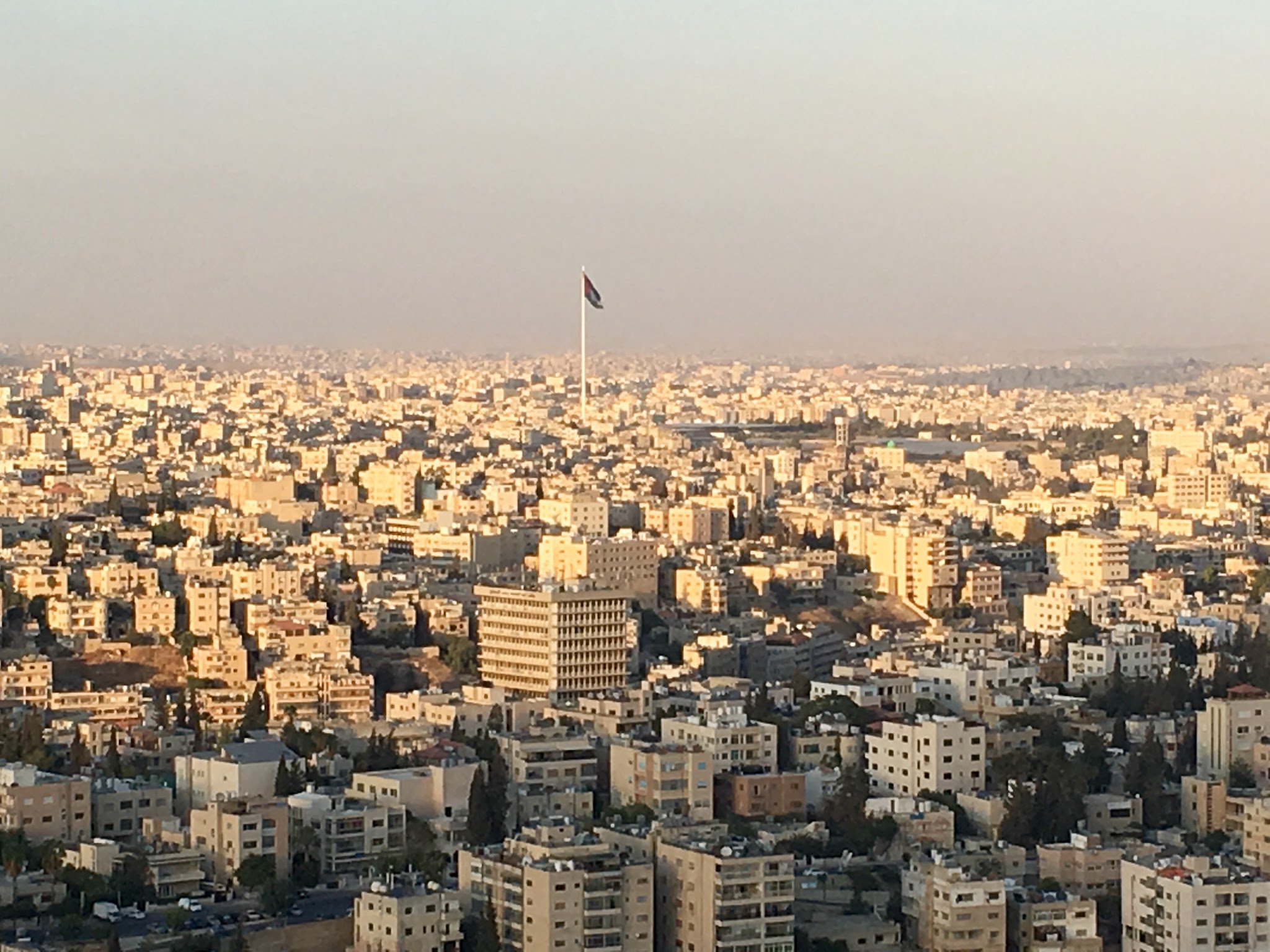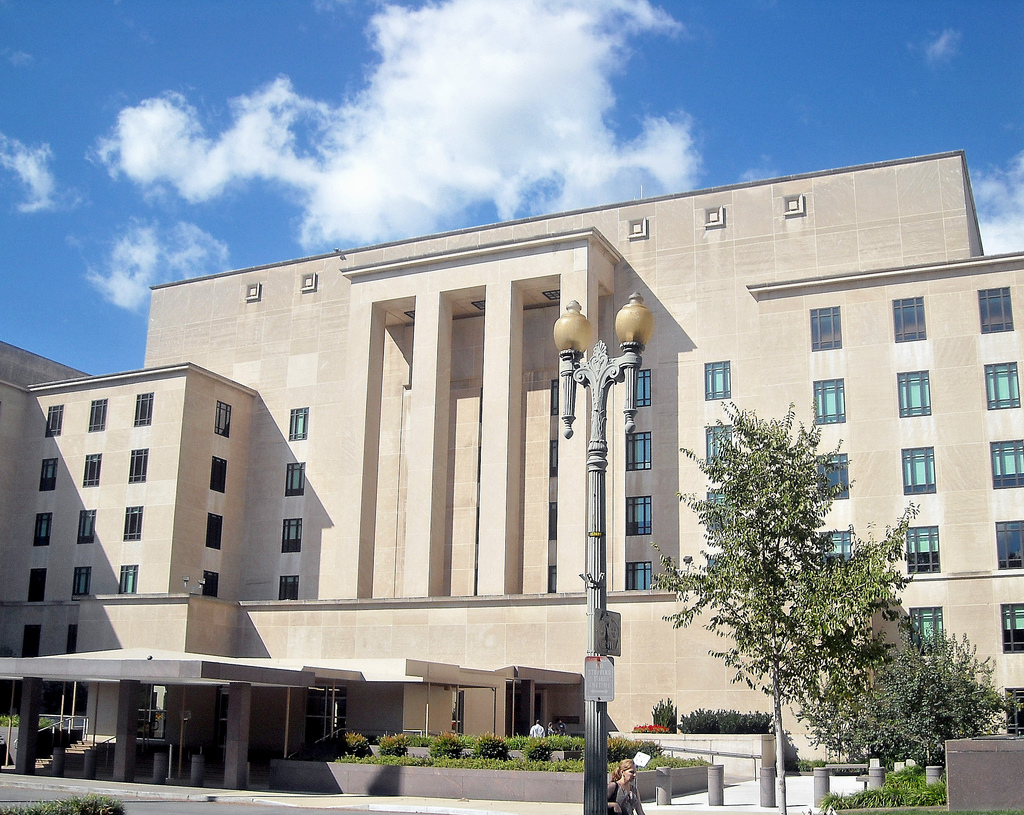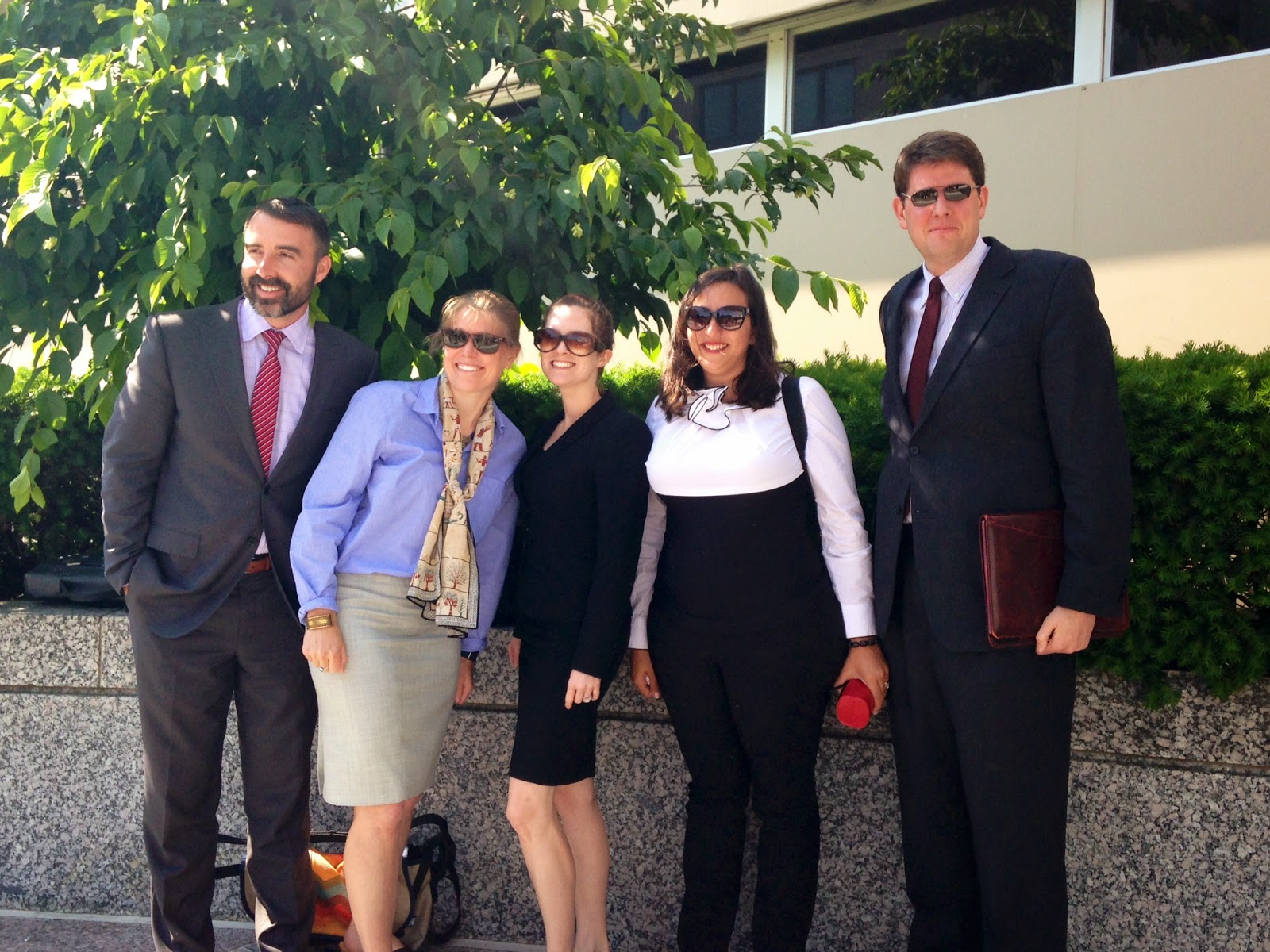As the 76th session of the United Nations General Assembly has concluded, the Antiquities Coalition looks back at the UNGA’s leadership in the fight against cultural racketeering.
Protecting Culture Under Threat
At the 70th Session held in 2015, a main topic of discussion for the attending heads of state was how to combat the growing strength of violent extremist groups in the Middle East. To that end, key experts and stakeholders from the cultural and security sectors came together under UN auspices to seek innovative solutions to halt the trafficking of “blood antiquities.”
Soon after, the UN partnered with Interpol to launch a global initiative, titled ‘Protecting Cultural Heritage–An Imperative for Humanity’ to boost protection of cultural heritage targeted by terrorists and traffickers. Leaders from the Middle East, the UN Security Council, UNODC, UNESCO, and Interpol came together to inaugurate this task force under a shared mission, stated by Mireille Ballestrazzi, President of Interpol: “to combine our efforts and resources to efficiently curb this criminal phenomenon and protect the world’s cultural heritage for future generations.”
Simultaneously, the Antiquities Coalition built upon the momentum of the UNGA’s declarations. Through a solutions-oriented forum with the Foreign Ministers of Iraq, Jordan, Egypt and Australia, as well as senior delegations from Cambodia, Italy, Qatar, Saudi Arabia, and Thailand, the Antiquities Coalition brought together policymakers and leading experts to develop and implement targeted recommendations for halting this black trade. Our subsequent launch of the Culture Under Threat Task Force was met with overwhelming support and went on to publish a joint task force report that put forward 31 specific recommendations to address the ongoing crisis of cultural racketeering.
At a 2016 General Assembly meeting, The United Nations Special Rapporteur on cultural rights, Karima Bennoune, issued an urgent call to step up international action against the destruction of cultural heritage. The human rights expert told the UN General Assembly that the impacts of cultural heritage destruction is felt broadly, citing numerous examples of the deliberate destruction of cultural heritage having a grave impact on people. The Antiquities Coalition also released its recommendations for the US government through the Culture Under Threat Task Force, in collaboration with the Middle East Institute and Asia Society in April of 2016.
In 2017, UNIDROIT Secretary General José Angelo Estrella-Faria utilized the high level convening of featured speakers from Cyprus, the Council of Europe, INTERPOL, UNIDROIT, UNESCO, and the United Nations Office on Drugs and Crime to outline efforts to encourage UN member states to ratify the 1995 UNIDROIT Convention.
In 2018, The General Assembly adopted — without a vote — a draft resolution, “Return or restitution of cultural property to the countries of origin” (document A/73/L.54). When introducing the draft resolution, the Greece representative affirmed, “The international community shares a common responsibility to protect cultural property.”
At the 2019 meeting, President Donald J. Trump, Vice President Mike Pence, and Secretary of State Mike Pompeo — joined by UN Secretary-General António Guterres — highlighted threats to the world’s religions and launched an international campaign to fight back, pledging $25 million to safeguard religious freedom, sites, and relics.
Putting Culture Center Stage
The UNGA has helped turn a spotlight on the links between violent extremism and cultural racketeering, as well as on the important organizations and individuals working to combat looting.
Beginning in 2017, on the margins of the UNGA, the Global Hope Coalition began hosting an annual awards ceremony in service of its mission of identifying heroes against violent extremism and amplifying their work.
Also at the 2018 conference, speakers explicitly linked illicit trafficking and terrorism, warning that the past few decades were characterized by an increase in the illicit trafficking of such artifacts. If unchecked, subsequent conflict in the Middle East would lead to unprecedented destruction, looting and theft.
In 2019, the Italian Carabinieri Department for Protection of Cultural Heritage was honored as a Global Hope Hero for combating the illicit trade of cultural property and protecting cultural heritage in conflict and disaster zones.
Prioritizing Cultural Heritage Protection
The antiquities trade has seen the General Assembly increasingly prioritize the protection of cultural property in response to the prevalence of the issue of cultural racketeering at both national and international levels. Recognition and participation from high level state leaders emphasizes the importance of the work being done to combat looting and trafficking, and encourages stakeholders to delve more deeply into this fight. The Antiquities Coalition commends the United Nations General Assembly’s sustained commitment to combating the threats the illicit trade of blood antiquities poses to cultural heritage and vulnerable communities.









 The United States remains the world’s largest single market for arts and antiquities—making up
The United States remains the world’s largest single market for arts and antiquities—making up 





 (Amman, Jordan)—Under the patronage of the Deputy Prime Minister and Minister of Foreign Affairs and Expatriates, His Excellency Nasser Judeh, the second annual #CultureUnderThreat regional conference will be held in Amman, Jordan on September 8, 2016 to advance cooperation between Arab countries in the fight against the illegal smuggling and sale of cultural artifacts from the region.
(Amman, Jordan)—Under the patronage of the Deputy Prime Minister and Minister of Foreign Affairs and Expatriates, His Excellency Nasser Judeh, the second annual #CultureUnderThreat regional conference will be held in Amman, Jordan on September 8, 2016 to advance cooperation between Arab countries in the fight against the illegal smuggling and sale of cultural artifacts from the region.
